RAFAËL ROZENDAAL


Rafaël Rozendaal (1980) is a Dutch-Brazilian artist who currently lives in New York. His work is regularly exhibited, not only in Europe and the U.S. but also in Asia and South America. He has worked with institutions such as the Centre Pompidou, Kunstverein Frankfurt, Seoul Art Fair, Media Art Institute and the Stedelijk Museum Amsterdam. He is a regular speaker on digital art topics and his work is discussed in international publications such as Time Magazine, Wall Street Journal, Flash Art and Interview. Rozendaal is also the founder of the exhibition concept Bring Your Own Beamer, an evening where artists bring their own projectors to display their digital work. Since 2010 there have been over 100 BYOB exhibitions, including one at the Venice Biennale.
Rafaël Rozendaal

Random Fear with Mirrors, 2019
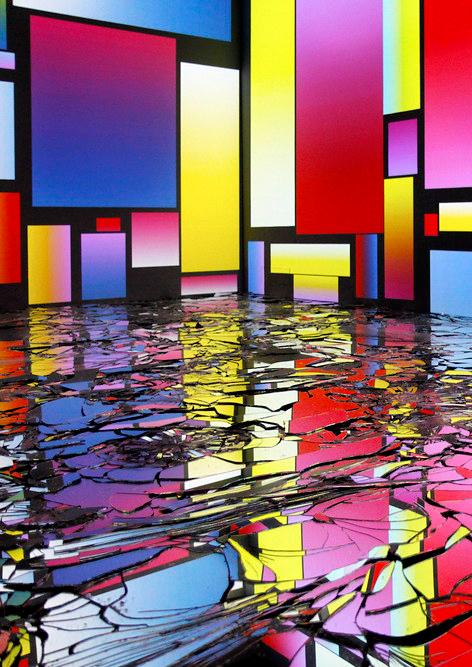
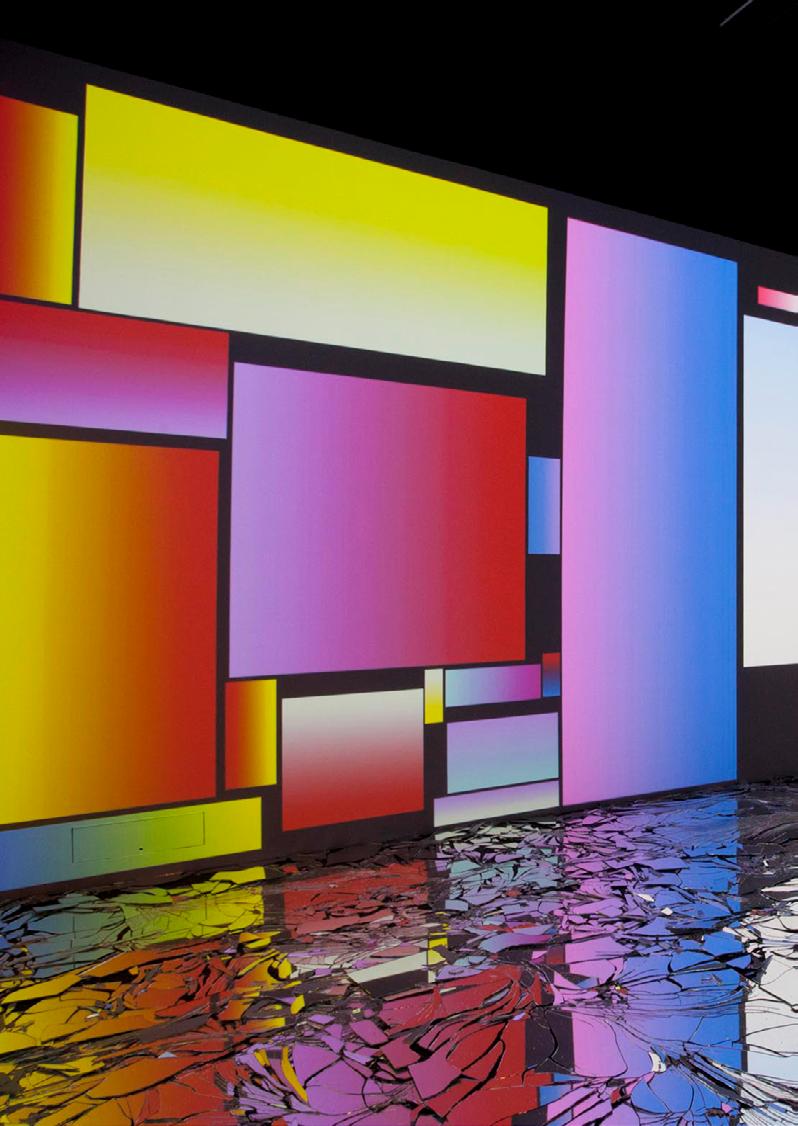 Installed at Kunsthal, Rotterdam
Installed at Kunsthal, Rotterdam

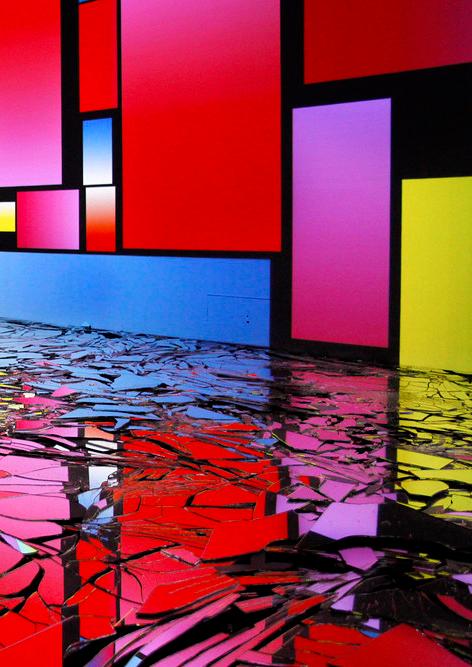


Generosity, 2018 Solo exhibition at Towada Art Center

Midnight Moment, 2015 Times Square, New York

The world’s biggest kiss (HD video), 2012
Seoul Square


NFT project 81 Horizons installation, 2023 Solo exhibition Color, Code, Communication at Museum Folkwang, Essen


Hommage, 2022
Solo exhibition Color, Code, Communicatoin at Museum Folkwang, Essen

Websites
Rafaël Rozendaal has made a name with his websites as unique artworks since 2001. Websites have distinctive qualities that no other art medium has: they are publicly accessible, unique “objects” that exists all over the world at the same time. Unlike video, these websites have no beginning or end. They are infinitely generated via algorithms. These sites constantly create new abstract formations, which produce chance juxtapositions when displayed next to each other. By showing the same website as four instances on four screens, the unpredictability of the algorithm is felt by the viewer. Rozendaal compares his websites to waterfalls: they are always doing the same thing, but they never repeat themselves. The abstract websites provide an almost meditative or hypnotic experience. They function as endpoints on the web. Not places to endlessly scroll but to endlessly stare. They provide a moment of stillness in the chaos that is the web.
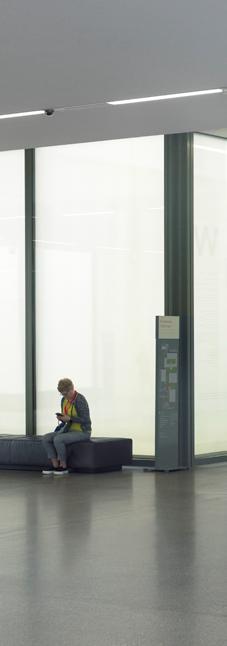
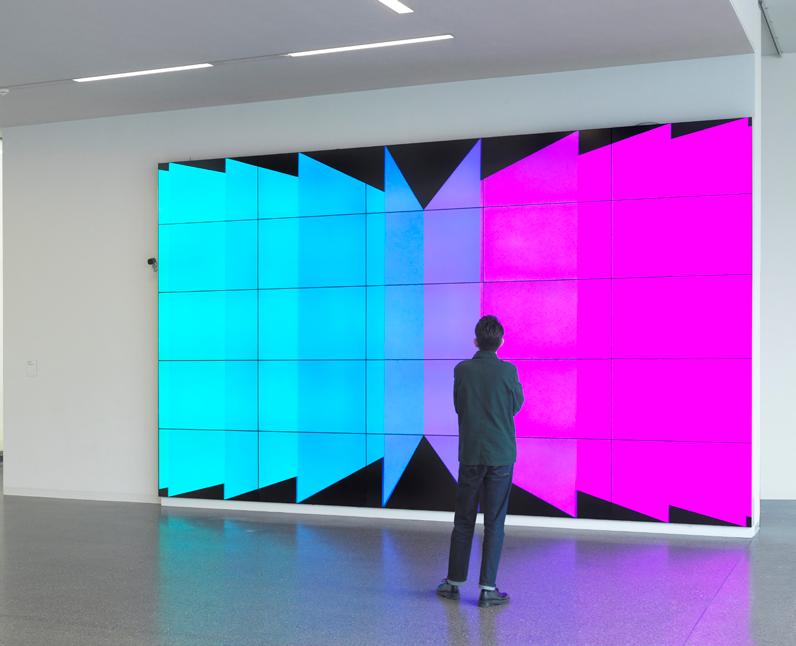


Kenpoku Festival in Japan
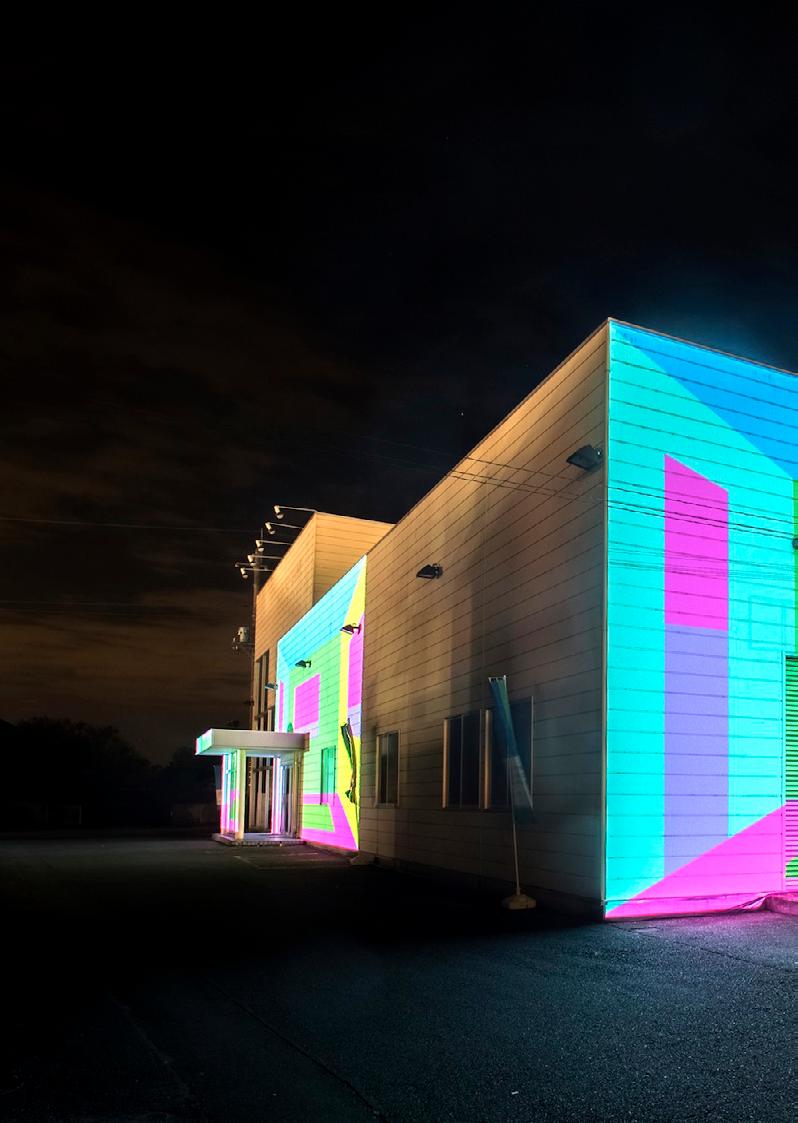
thisemptyroom.com,
2017
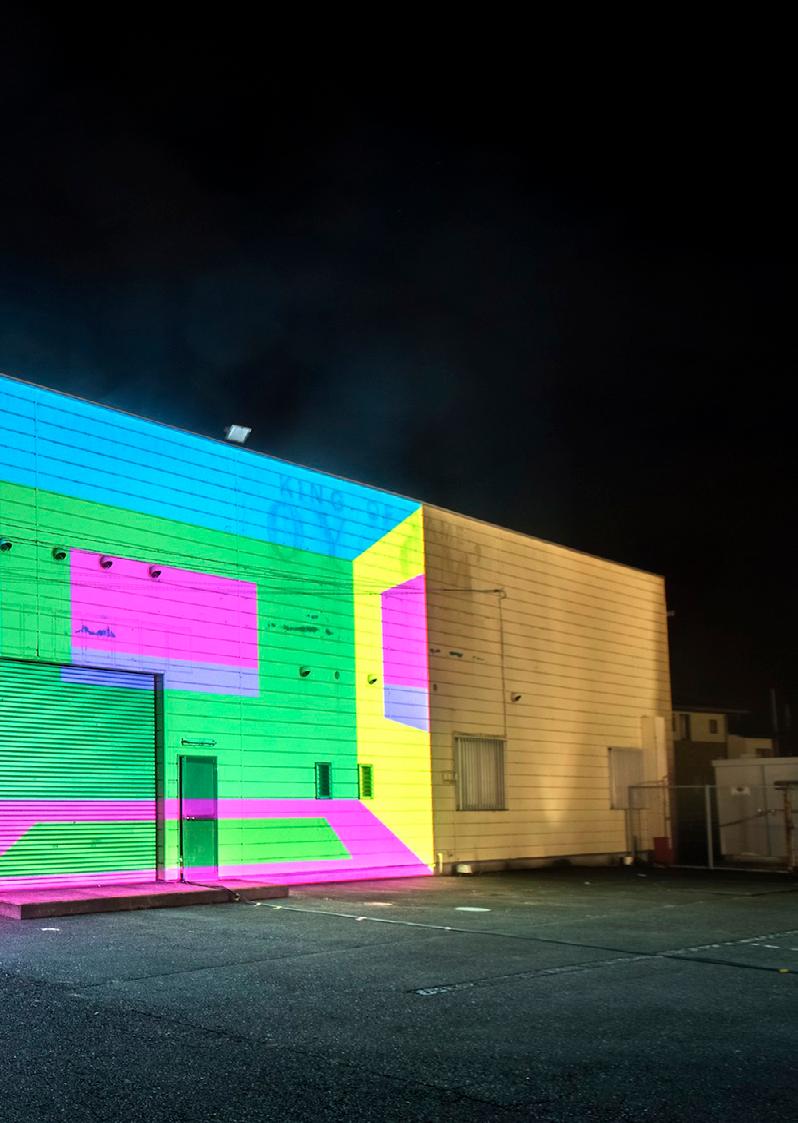
Double Pressure, 2019 Centraal Museum, Utrecht

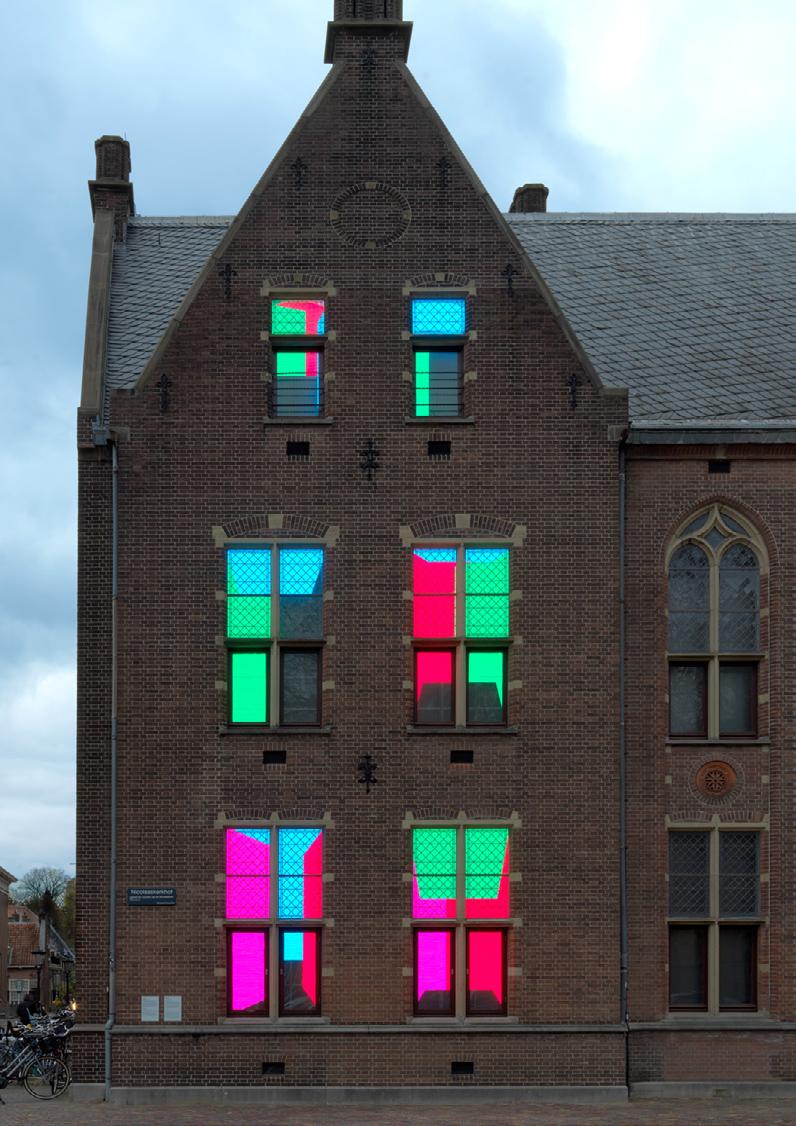
Discrete Objects, 2019
Upstream Gallery, Amsterdam
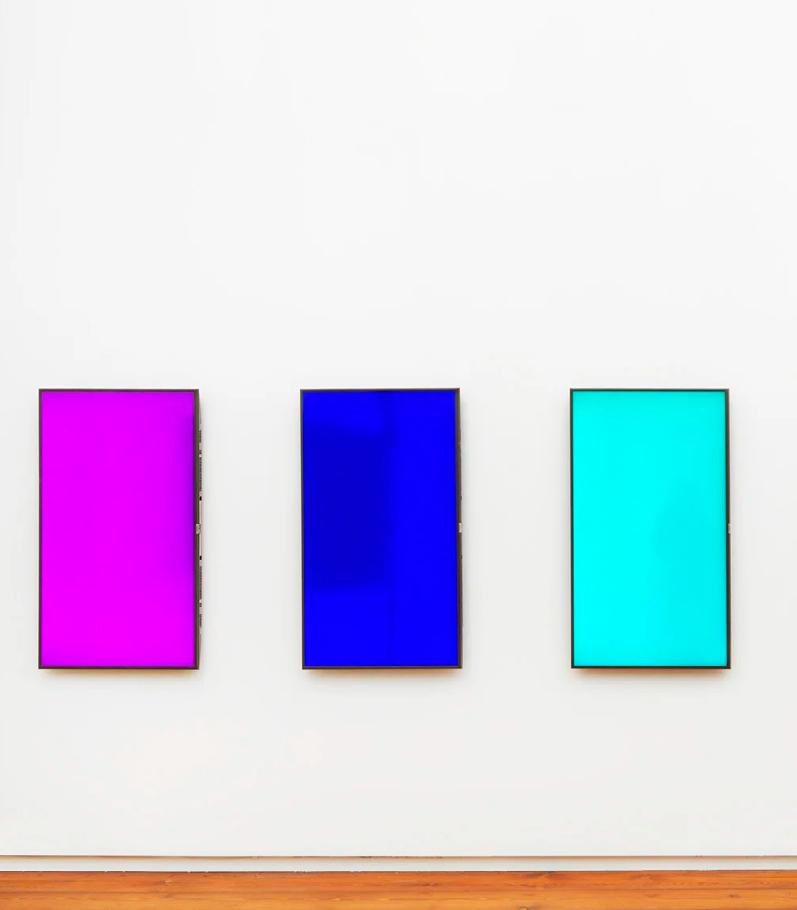

Freedom of Movement, 2018
Stedelijk Museum, Amsterdam
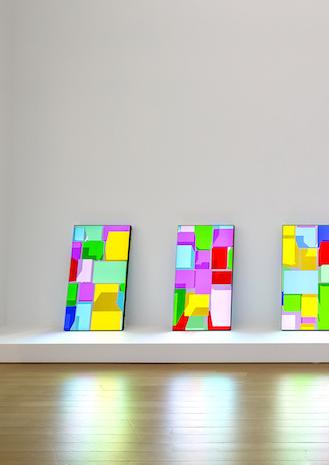

Abstract Browsing Tapestries
In 2014, Rozendaal developed the plug-in Abstract Browsing. Its code alters information from websites: images, advertisements and text fields are transformed into brightly colored geometric elements. This way, the narrative of the Internet makes room for an abstract composition that reveals the underlying structure of websites.
Rozendaal collects thousands of screenshots of Abstract Browsing generated compositions. A number of these are then selected by him to be produced as tapestry.
Rozendaal: ‘I look for compositions that are the least picturesque. Painting is about a concentrated view, about beauty rather than utility. Websites are built exactly the opposite: developers are constantly looking for new structures that entice users to click somewhere, generating the highest advertisement revenue. Websites are created from necessity and efficiency, not beauty. I select compositions that are a bit awkward, unlike classic abstract painting that is about tranquility and contemplation.’

Abstract Browsing, 2016

tapestry / textile (acrylic wool)
86 x 144 cm

Discrete Objects, 2019
Upstream Gallery, Amsterdam


Rozendaal’s Haiku are short poems inspired by the Japanese tradition. The compact poems range in subject matter from touching existential musings on the complexities of the digital age to the mundane pleasure of ignoring emails or getting paid on time. Rozendaal sees similarities between Haiku and computational processes: each time the haiku is read, a moment happens, the algorithm runs, the three lines of code start a process in the mind of the reader.
Haiku


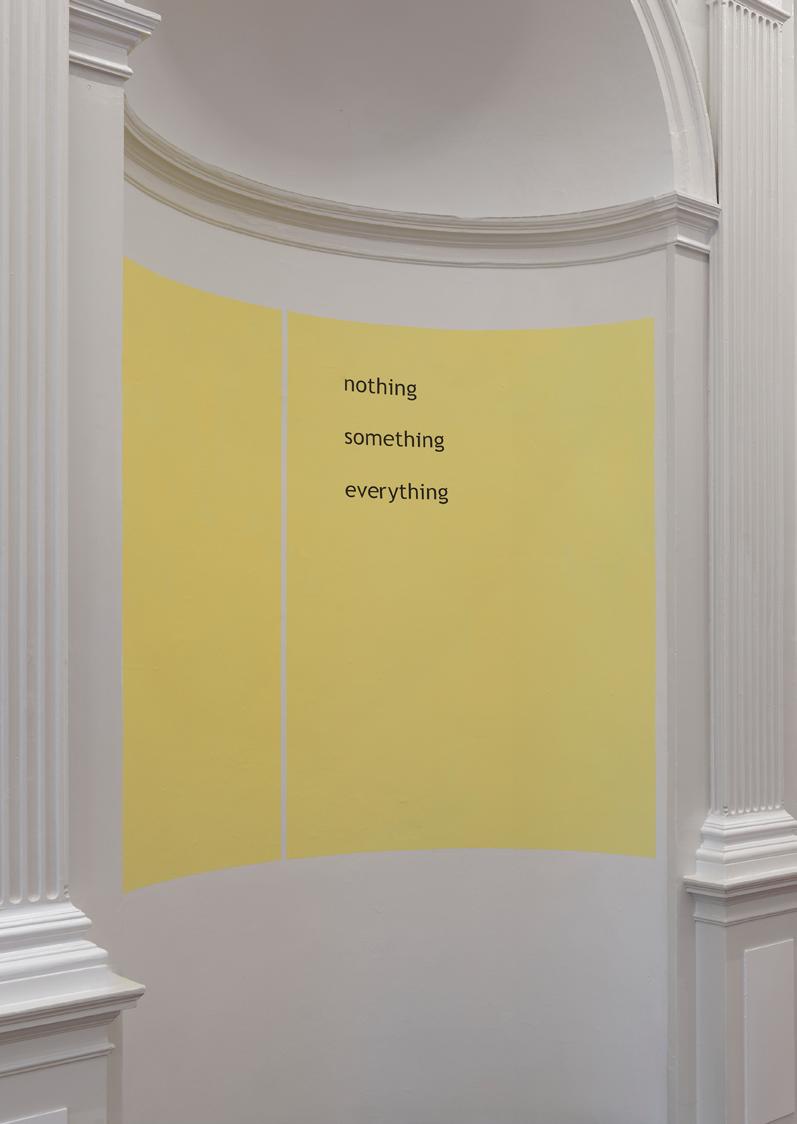

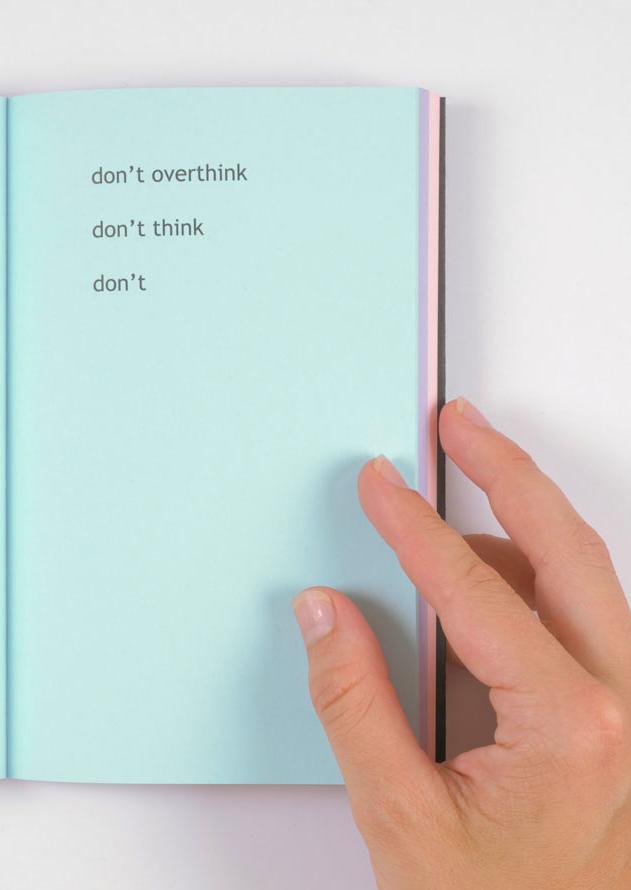
Nervous, 2019
Postmasters Gallery, Rome


Shadow Objects
Rozendaal’s Shadow Objects are works of deceptive simplicity that fluctuate between an image and an object, a drawing and a sculpture. In what can be considered the shortest path from digital to physical, Rozendaal creates shapes which are coded to be cut by computer out of rectangular plates of white steel. The composition is furthear influenced by its illumination and the point of view. With an emphasis on the dynamic potential of shading the series can be seen in the tradition of artists like Lucio Fontana and Jan Schoonhoven, translated into the twenty-first century. The works mirror the digital realm, where drop-shadows lend the illusion of presence and form to immaterial, virtual objects. These contemplative voids and the shadow objects they create counter the cacophony and information overload of online life.


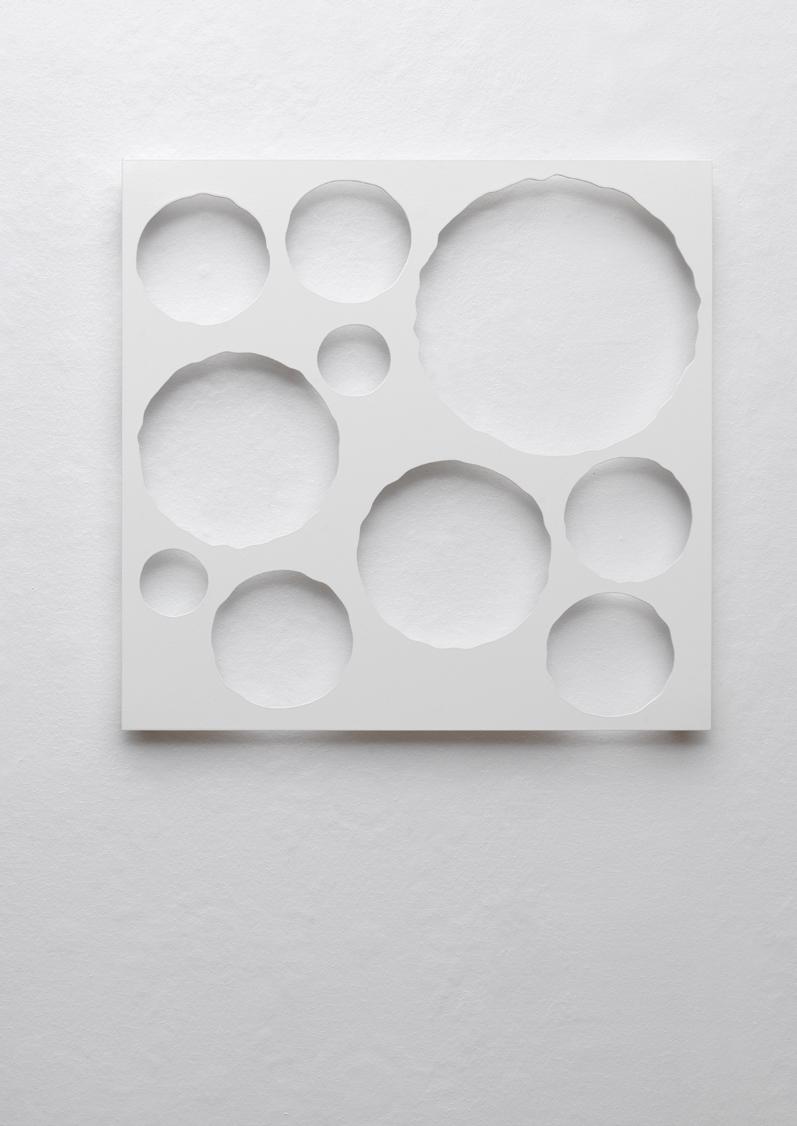
Complex Computational Compositions, 2016 Upstream Gallery, Amsterdam
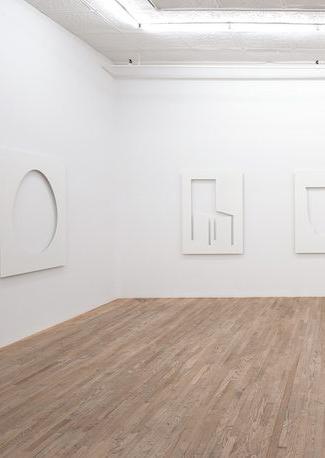
Don’t do too much, 2019 Postmasters Gallery, New York
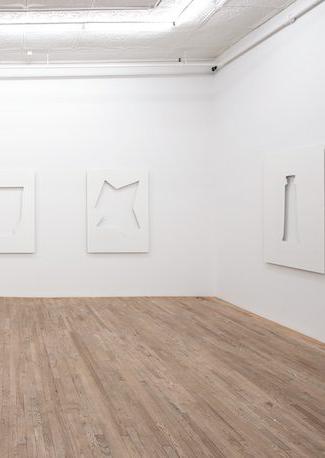
Mechanical Paintings
With his Mechanical Paintings, Rozendaal explores yet another way of capturing the virtual into the physical world. Mechanical Paintings consists of digital drawings turned into tangible, mechanical, paintings made through the application of enamel on steel. The traditional craftsmanship of enamelling on steel builds on Rozendaal’s previous takes on transitioning his online work to the material world. One may quickly recall the artist’s tapestry works, or his lenticulars.
In the paintings, Rozendaal explores the abstraction of everyday objects and scenes through the lens of the early internet’s innocence and optimism, whereby positioning the internet as a place waiting to be discovered, rather than one used as a political or commercial tool. The Mechanical Paintings additionally play with the beauty and perspective of early video games. The abstraction of the images leaves the viewer with the suggestion, or even creation, of movement, as though the places represented are waiting on something to happen in them. The viewer is left captivated with anticipation, much like before the start of a videogame, or as the artist puts it – ‘the suggestion of movement is actually more interesting than animating it’. The works are somewhere between digital and physical, between movement and still, between abstract and figurative.

Mechanical Paintings, 2021
Upstream Gallery, Amsterdam


Mechanical Paintings, 2021
Upstream Gallery, Amsterdam

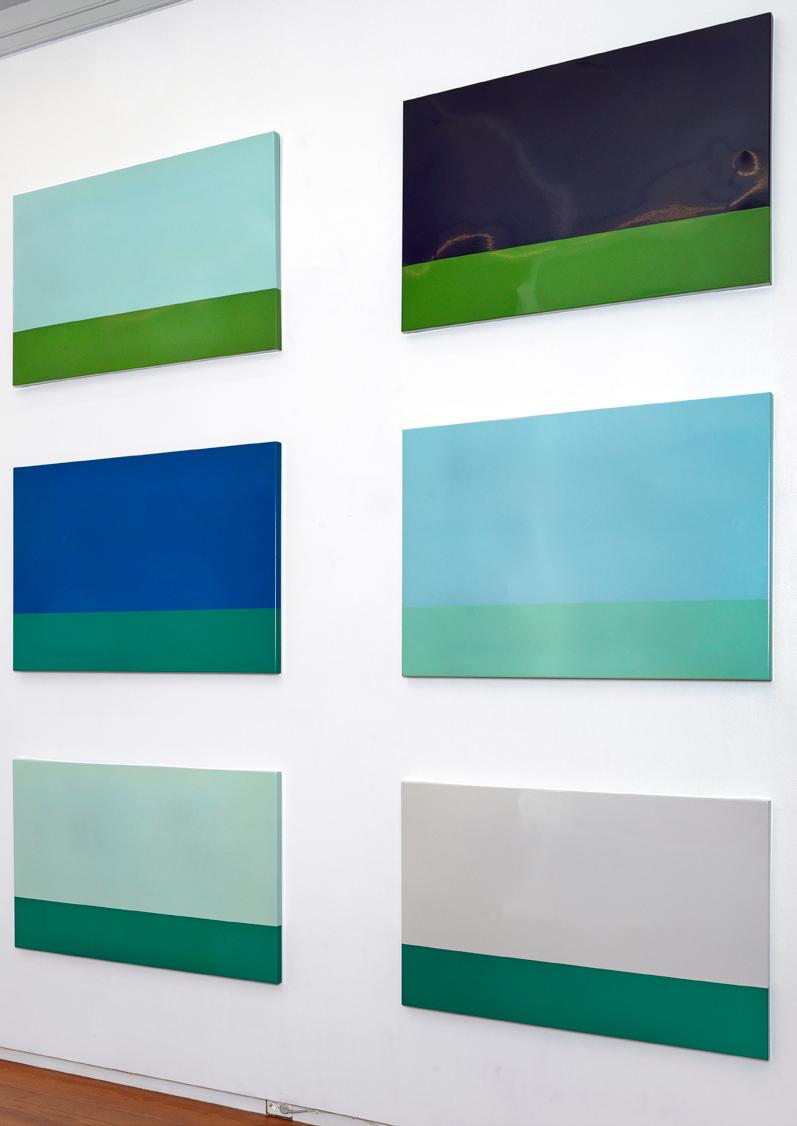
 Rafaël Rozendaal
Mechanical Panting 21 02 10 (Flat Road), 2021
Enamel
80 x 120 cm
Rafaël Rozendaal
Mechanical Panting 21 02 10 (Flat Road), 2021
Enamel
80 x 120 cm

Rafaël Rozendaal
Mechanical Painting 20 11 01 (Beach), 2021

Enamel
80 x 120 cm
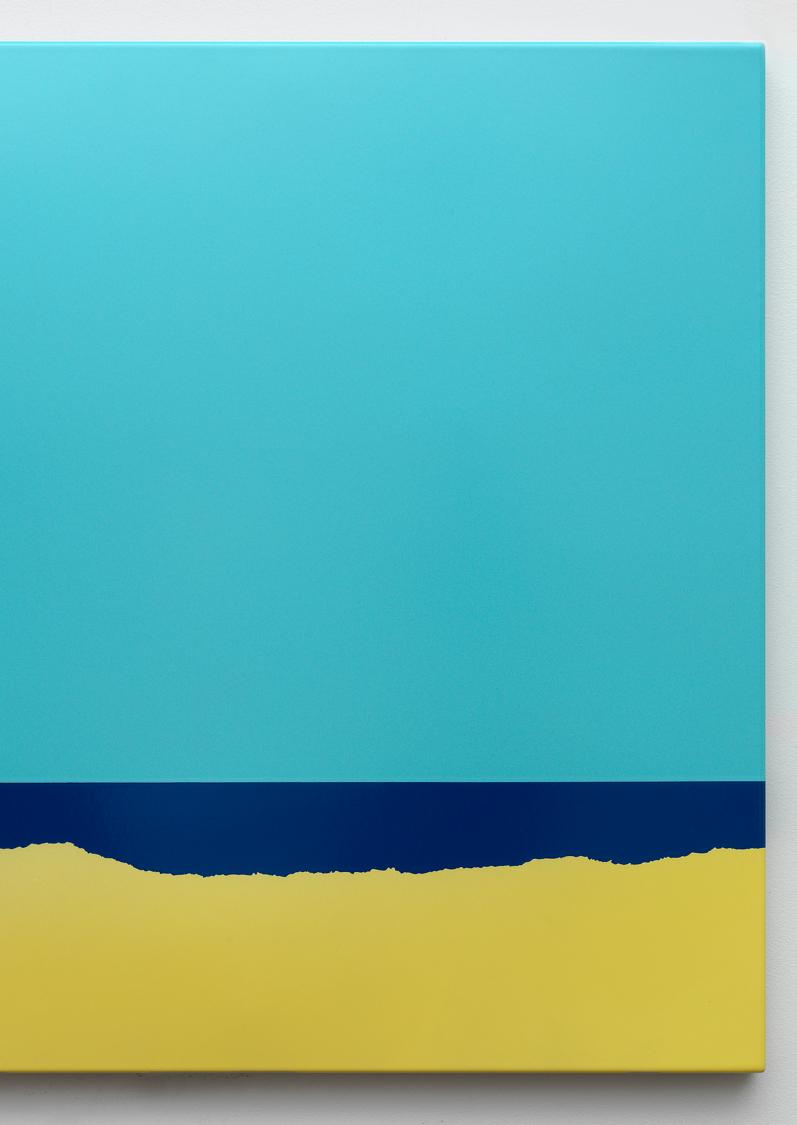
Extra Nervous
With Extra Nervous, a line of plexi-glass works, Rozendaal continues his investigation in the transition from movement into abstraction and from virtual into physical space. In what can be considered the shortest path from digital to physical, the compositions Rozendaal created are coded to be laser-cut by a computer out of colored plexiglass. They translate an exact, digital line into the physical world, like a mechanical way of drawing.The mirroring colors refer to the experience of color in the digital world: smooth, without texture, seen through the glass of a screen. Through the use of mirrors, there’s also a sense of movement in the works. They deal with interactivity in the most basic form: the image changes along with the point of view of the observer.
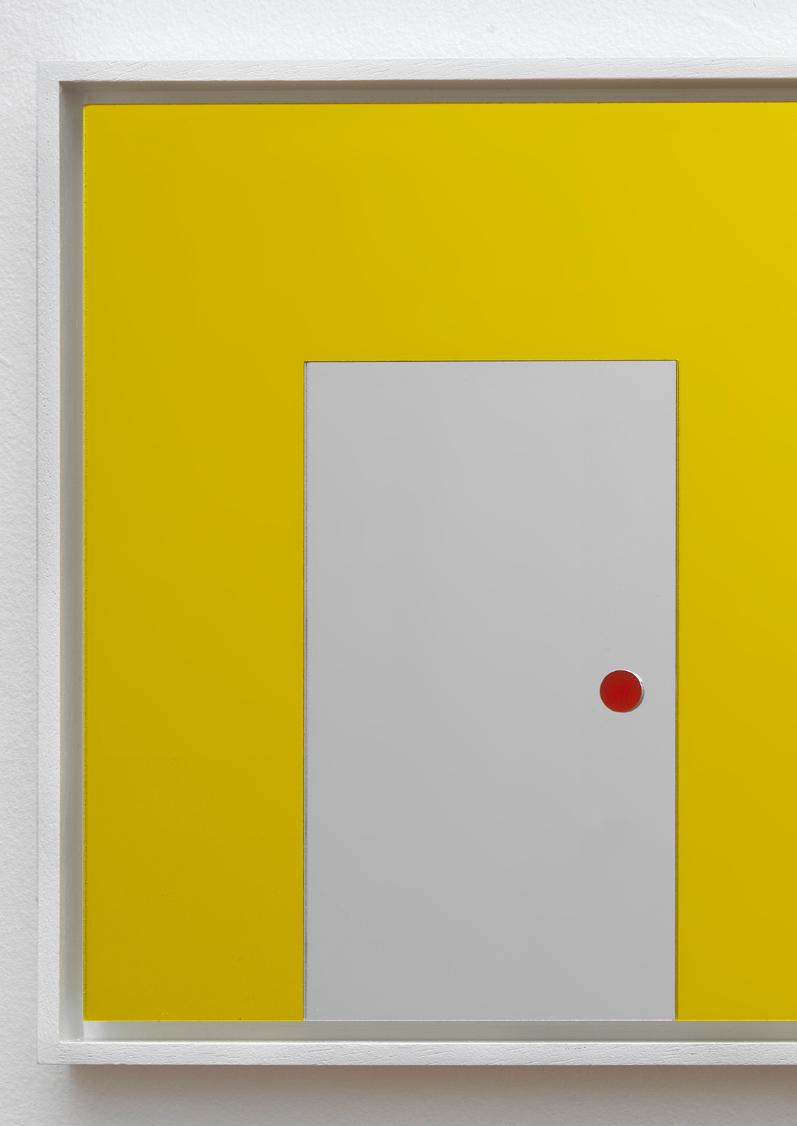






Reading & Listening
Find the artist’s website here.
Rafaël Rozendaal, Notes on Abstract Browsing, see here
Three Star Books, Home Alone, see here.
Monography Everything, Always, Everywhere, here.
Spheres Projects, Rafaël Rozendaal: Haiku (2018), see here
Artist talk, Haus der elektronischen Künste Basel, see here.
It’s Nice That article, see here.
Upstream Gallery
Upstream Gallery, established in 2003, has quickly gained a credible international reputation among collectors, art institutions and critics, and is a perfect example of Amsterdam’s internationally renowned contribution to contemporary art. With a focus on radical, engaged, conceptual and post-internet art Upstream Gallery brings pioneering and critical work from artists from the Netherlands and abroad.
Since September 2015 Upstream is situated in a monumental 17th-century city palace in Amsterdam's city center. The ground floor consists of two exhibition spaces, office space and a private-viewing room which is used as an extended exhibition space and private showroom. The iconic grand canal house, known as the Poppenhuis ('Poppen House'), was built by renowned architect Philips Vingboons in 1642 and is one of his major works. With its sleek, classical facade it draws much attention among the many step-gables in the area.
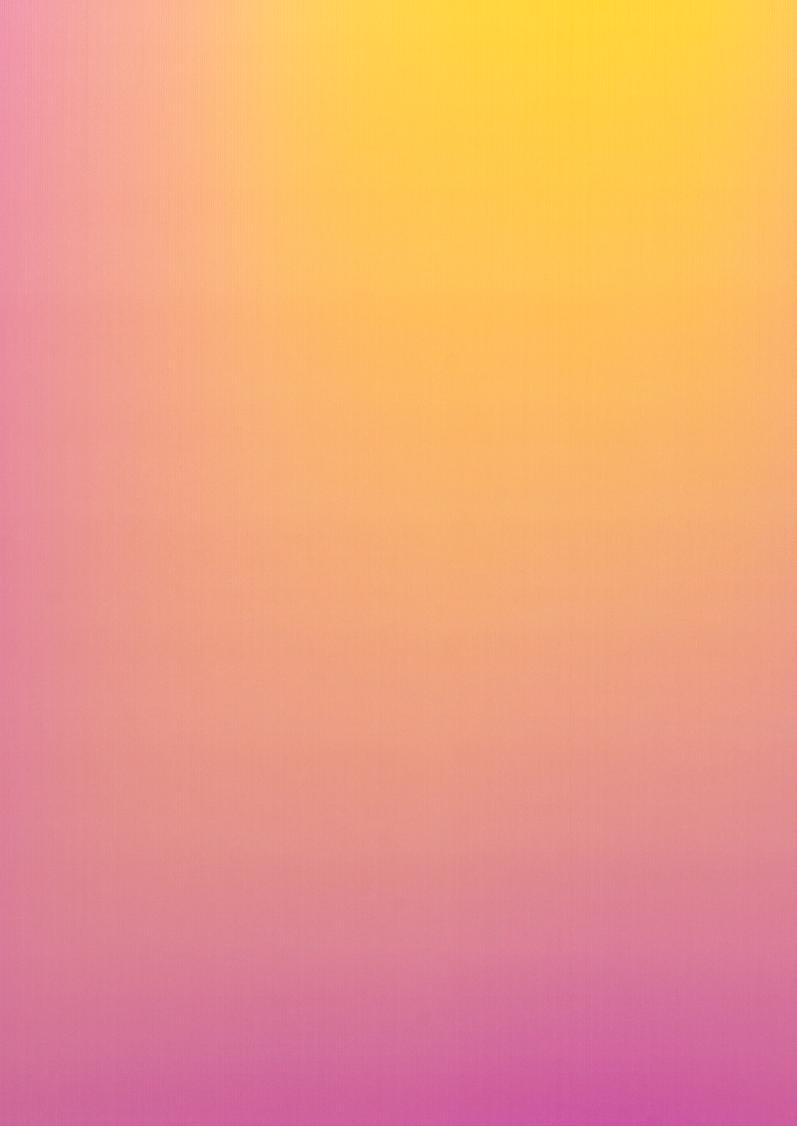
Kloveniersburgwal 95


1011 KB Amsterdam
t. +31 (0)20 4284284
e. info@upstreamgallery.nl w. www.upstreamgallery.nl
Opening hours: Wed-Sat | 13:00-18:00
@upstreamgalleryamsterdam
@upstreamgallery



 Installed at Kunsthal, Rotterdam
Installed at Kunsthal, Rotterdam




























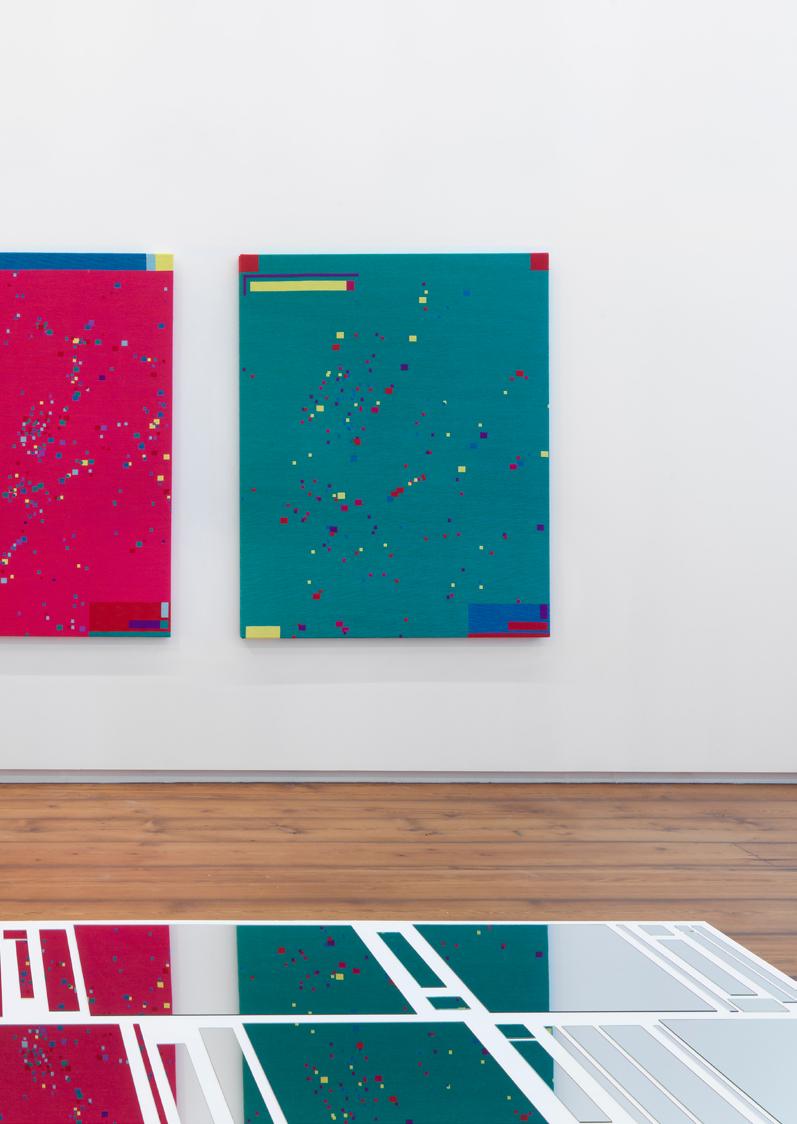


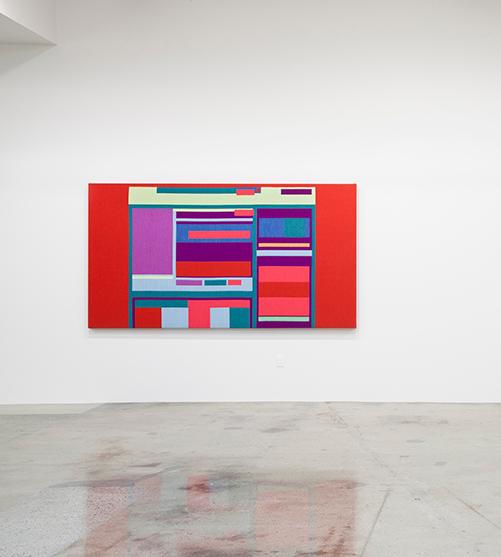






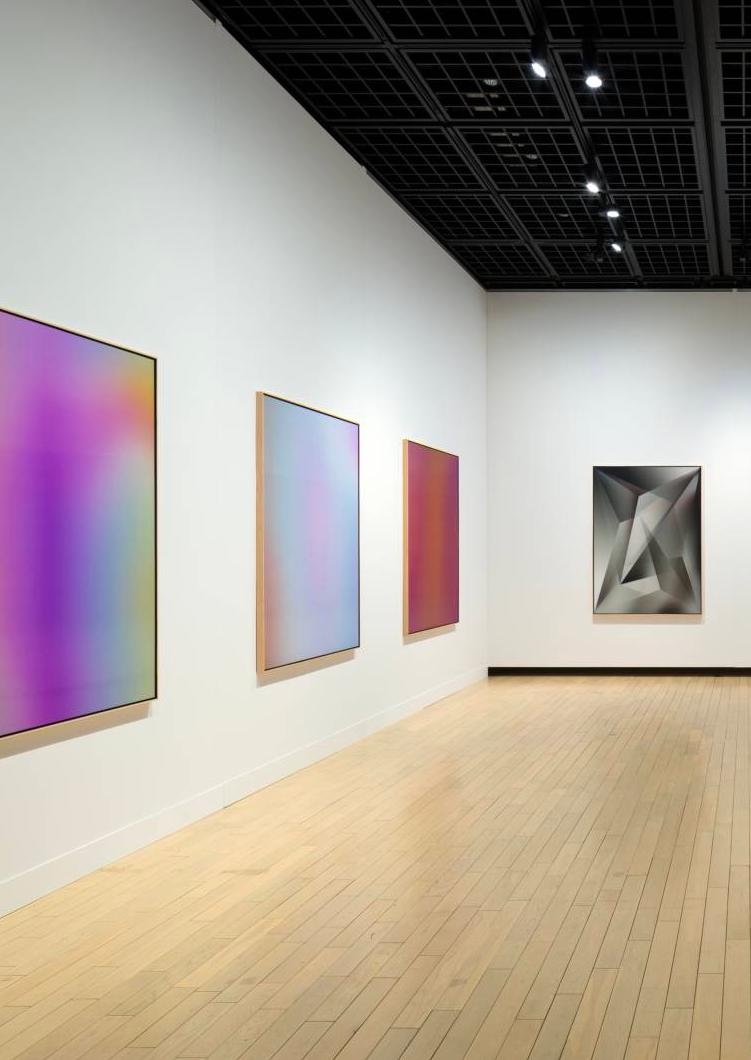

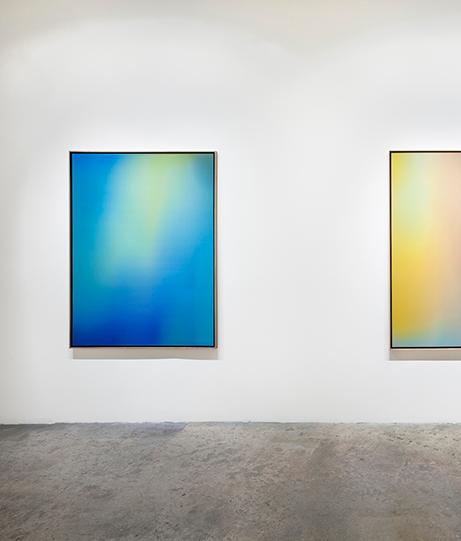
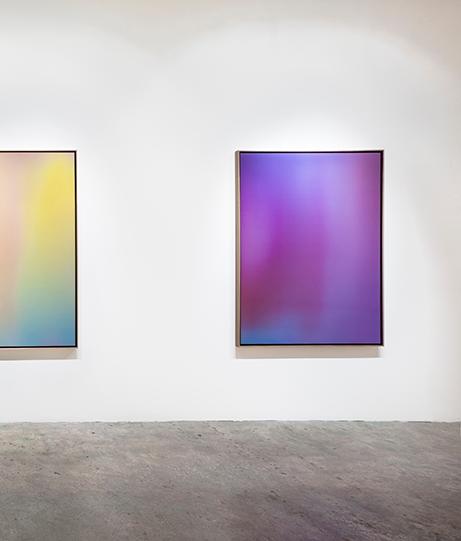

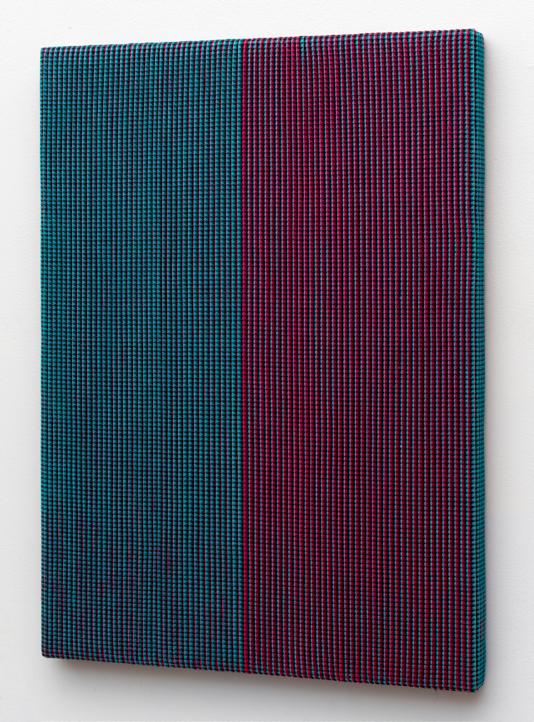





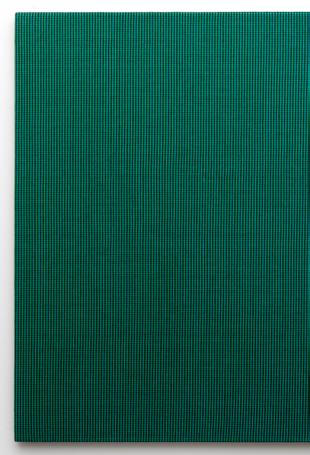
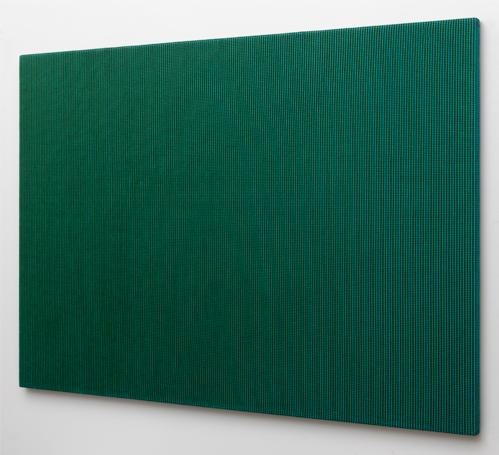


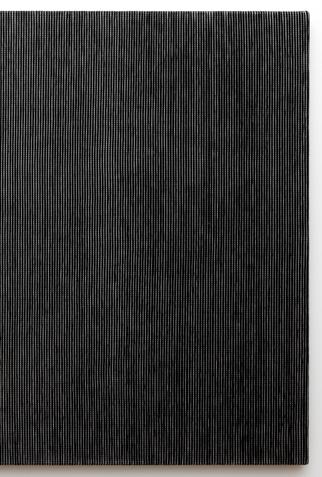




















 Rafaël Rozendaal
Mechanical Panting 21 02 10 (Flat Road), 2021
Enamel
80 x 120 cm
Rafaël Rozendaal
Mechanical Panting 21 02 10 (Flat Road), 2021
Enamel
80 x 120 cm










